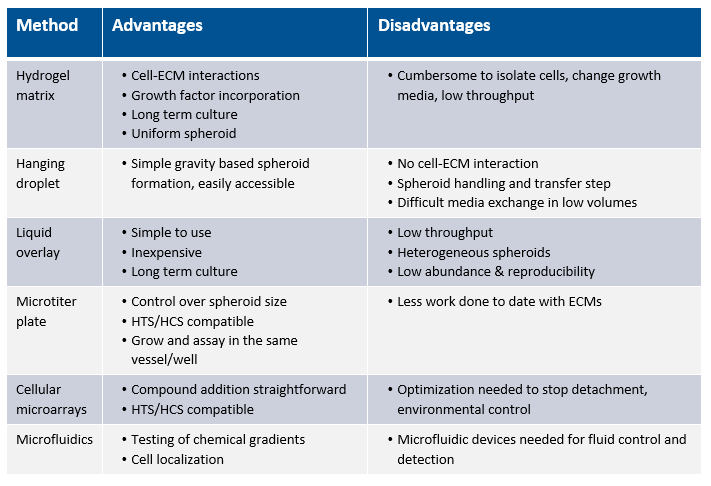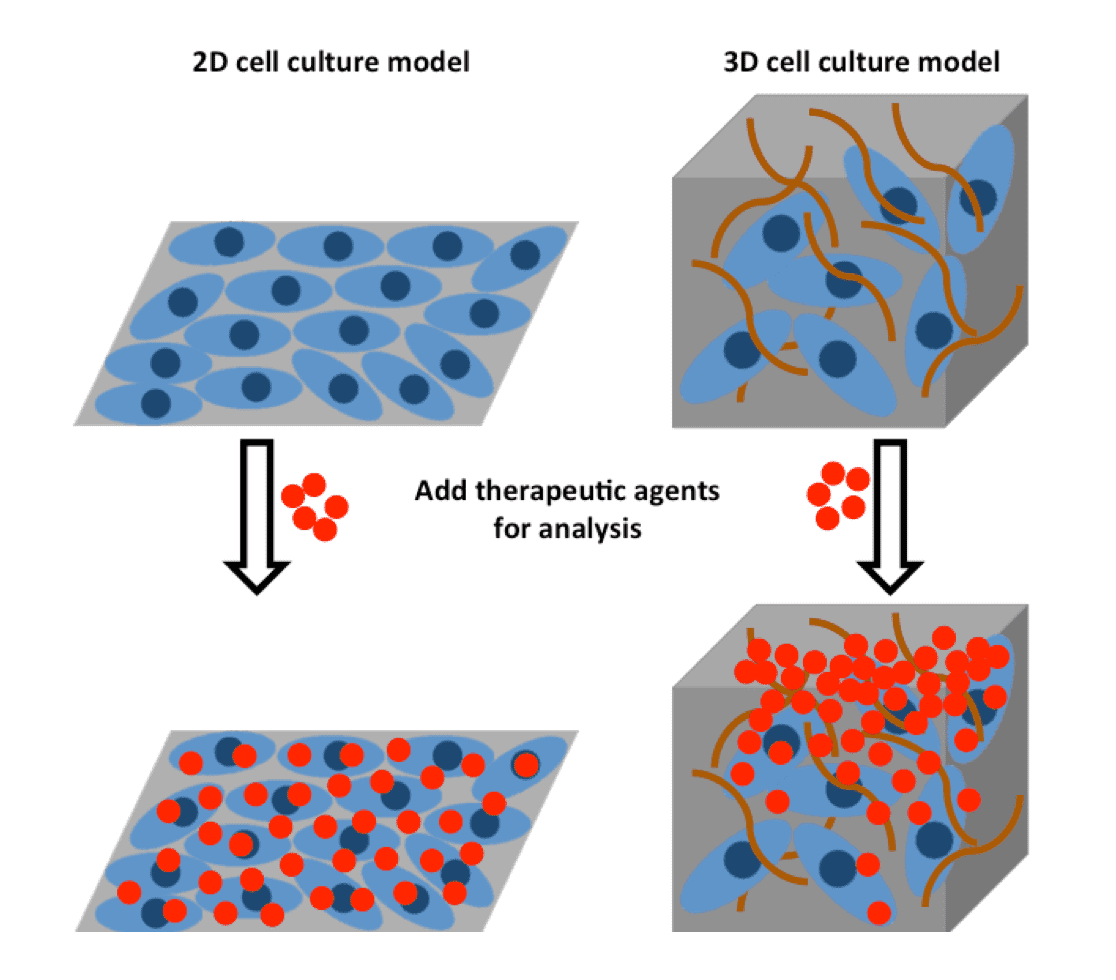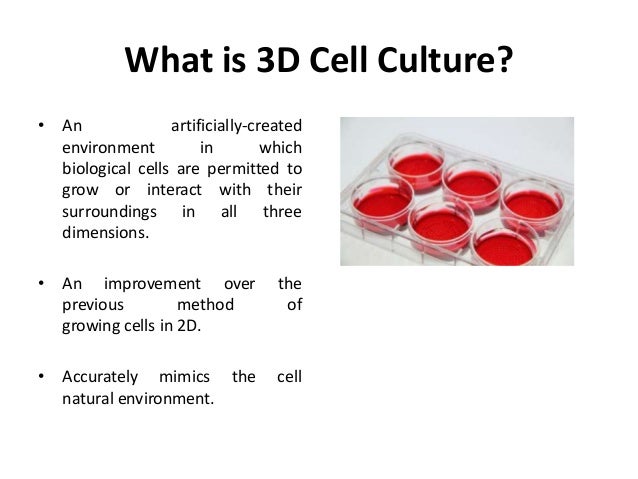2d And 3d Cell Culture Techniques

Simple inexpensive and reproducible traditional or 2d cell culture is the mainstay of biological research.
2d and 3d cell culture techniques. With the methodology established over a century ago traditional techniques grow cells in two dimensions by attaching cells on a plastic substrate or suspending. 2d cell cultures have been used since the early 1900s. Here we will explore the differences between the two types of cell cultures and explain why 3d cell culture systems are becoming so popular. These three dimensional cultures are usually grown in bioreactors small capsules in.
2d and 3d cell culture comparison. Meanwhile 3d cell culture systems feature increased complexity for increased faithfulness to the in vivo environment. Most cells are currently cultured using two dimensional 2d methods but new and improved methods that implement three dimensional 3d cell culturing techniques suggest compelling evidence that much more advanced experiments can be performed yielding valuable insights. Cell culture is an indispensable in vitro tool used to improve our perception and understanding of cell biology the development of tissue engineering tissue morphology mechanisms of diseases and drug action.
Typically this monolayer system allows cell growth over a polyester or glass flat surface presenting a medium that feeds the growing cell population. Traditional two dimensional 2d cell culturing techniques have been accepted as economical and convenient in vitro analysing strategies to assess the characteristics of antibody drug conjugates adcs and other therapeutic agents. It also must be noted that the increasing use of 3d culture techniques in different research areas is accompanied by technical challenges for microscopy. Efficient cell culturing techniques both in vitro and in vivo allow researchers to design and develop new drugs in preclinical studies.
Cell culture is an important and necessary process in drug discovery cancer research as well as stem cell study. A petri dish a 3d cell culture allows cells in vitro to grow in all directions similar to how they would in vivo. Unlike 2d environments e g. 3d cell culture models.
A wide variety of techniques currently exist to culture cells into 3d structures. In recent years 3d cell culture techniques have received much attention from scientists as these might provide more accurate models of tissues. High expression of nrf2 as well as glucocorticoid dependent genes were seen using the 3d culture method while 2d hepatocytes exhibited rapid decline followed by consistent low expression of both gene sets 21. A 3d cell culture is an artificially created environment in which biological cells are permitted to grow or interact with their surroundings in all three dimensions.
2d vs 3d cell culture techniques. Cell culture techniques are ubiquitous in areas of developmental biology drug discovery regenerative medicine and protein production.


















